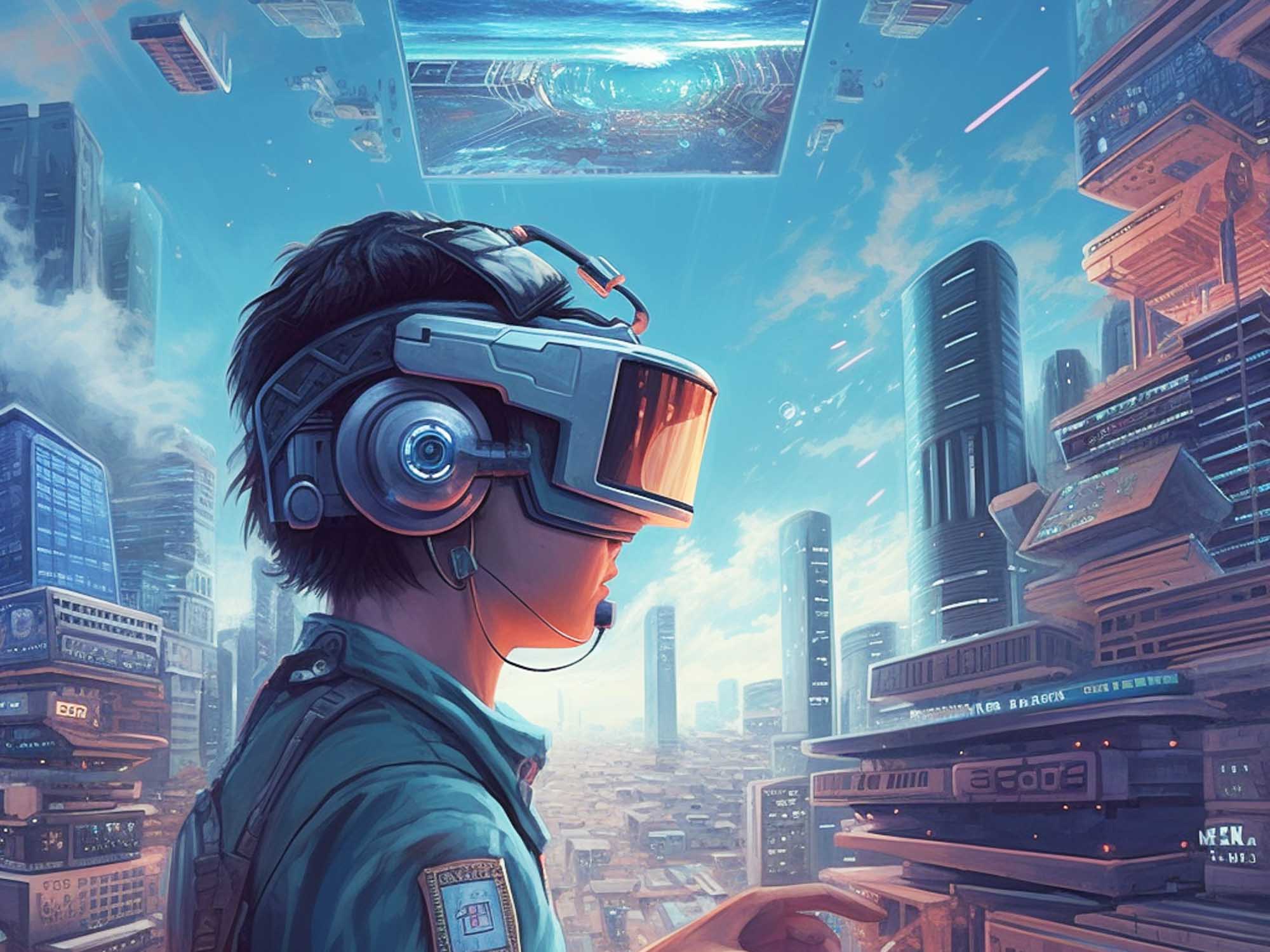Technology is an expression of human nature. From the very beginning of their appearance on earth, humans have invented technical aids: tools, then devices and appliances, and finally machines and complex mechanical systems that span the entire world as global networks. What challenges does this new, growing technical realm present us with?
If we observe the past, it becomes apparent that the state of technological development corresponds to the development of humanity’s consciousness. From this perspective, current technologies have become devices that express people’s level of spiritual development. Human beings externalize, as devices, what they have acquired in the ‘past’ in terms of inner forces, and in confronting these devices, they acquire new ‘future’ forces. The challenges of contemporary technologies are the abutment against which humanity has to develop the consciousness soul.
The philosopher of technology Gotthard Günther (1900-1984) put it succinctly: “A more intense inwardness that illuminates itself at greater depths pushes away from itself, with sovereign gesture, forms of reflection that have become indifferent, that have degenerated to mere mechanisms, in order to confirm itself in a deeper spirituality. And the lesson of this historical process? No matter how much the subject surrenders its reflections to the mechanism, it only becomes richer thereby, because ever new forces of reflection flow to it from an inexhaustible and bottomless inwardness.”1
Genesis of the Technological World
The development of technology over the last 250 years can be seen in three stages. Machines were invented at the transition to the nineteenth century: steam engine, electric motor, petrol engine, and diesel engine. Towards the end of the nineteenth century, people found technical ways to transmit their speech at a distance: telephone and radio. From the middle of the twentieth century onwards, inventors succeeded in materializing the logic anchored in human thinking: computers were developed.
When people learned to control machines with computers, they succeeded in imitating human walking with machines. By using computers to influence audio equipment, it was possible to make machines ‘speak’. By getting computers to change their internal processes, they were given the appearance that they could ‘think’. When computers actively control video machines, so-called virtual worlds are possible that people can enter as if into another ‘environment’ and in which they can lose themselves.
The machine world is thus able to imitate the acting human being as well as their environment. The global race of big software giants’ development departments in the USA, Russia and China will bring ever more perfectly functioning artificial intelligences into our everyday lives.
Work is being done to make the human being immortal, in a sense, as an intelligent avatar that they can be ‘present’ for those left behind after their death. Partner robots are being built that can be ‘life companions’ for humans. ChatGPT and similar systems flood our culture with texts that happen to contain gross errors. These texts are used in a circular way, to train the same text-generating systems. In a very short time, this could lead to a situation worldwide where we can no longer rely on the coherence of texts at all.
Task of the Anthroposophical Movement
Transhumanism strives by technical means, and at tremendous speed, toward something that humanity should aspire to in a spiritual way.
- It wants to comprehend in a technical way how people move their limbs and it uses this knowledge to construct robots: hands and legs that have become independent, we might say, to surround people.
- It builds information technologies that connect people in conversation and wherever two or more people come together, there exists a technical network in between.
- It develops intelligences in which the past thinking activity of humanity makes itself independent. The human thinking condensed into these systems by hundreds of thousands of engineers over millions and millions of hours is now so vast that the systems are beginning to appear superhuman. Yet in doing so, the engineers have based their research only on what already takes place in every human mind on a daily basis.
What Gotthard Günther described, the anthroposophical movement has to realise: it has to “confirm itself in a deeper spirituality.” At the end of his life, Rudolf Steiner summed this up succinctly in a letter to members: “The human being must find the strength, the inner power of cognition, in order not to be overcome by Ahriman in this technical culture. Sub-nature must be understood for what it is. This can only happen if the human being ascends in spiritual knowledge at least as far into extra-earthly super-nature as he has descended, in technical sciences, into sub-nature. The times requires a cognition that transcends nature, because in its inner life it has to cope with a perilous life content that has sunk below nature.” 2
The endeavour to ascend cognitively into supernature by ourselves, through intensive work, is the central task of the anthroposophical movement. Only if enough people achieve this counterbalance in their own research, and in joint research, will it be possible in future to steer technological developments that are becoming extremely dangerous for humanity in a different direction.
This field of research will be the topic of a subject forum at the Goetheanum World Conference, Reshaping a World Movement, September 27th to October 1st, 2023.
Information and registration: goetheanum.world
Translation Christian von Arnim
The image was generated using the AI tool Midjourney
Footnotes
- Günther, Gotthard, Seele und Maschine. In: Beiträge zur Grundlegung einer operationsfähigen Dialektik. Vol. 1. Hamburg 1976, Felix Meiner Verlag, p. 75–90, p. 90.
- Rudolf Steiner, Anthroposophical Leading Thoughts: Anthroposophy as a Path of Knowledge — The Michael Mystery, GA26. Rudolf Steiner Press.





